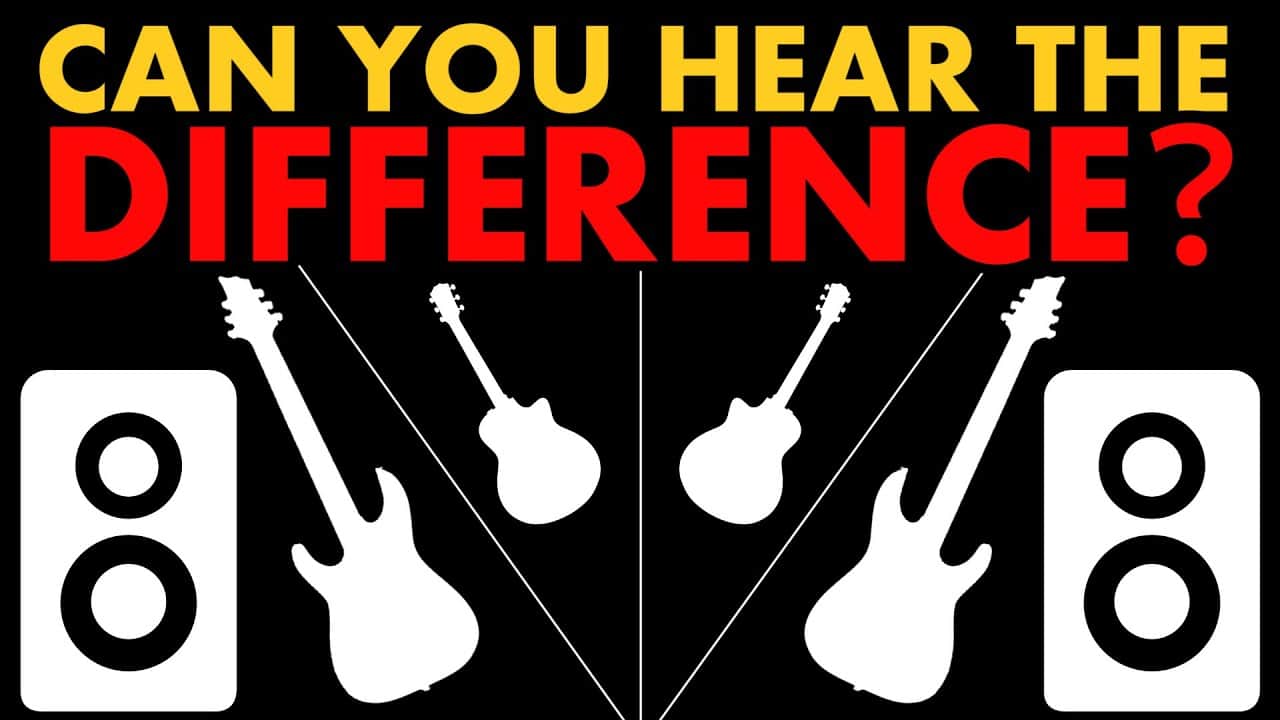In this video we’re going to explore the effect of double-tracked guitars, why should you be double tracking, when should you be double tracking, and more importantly what does it sound like and what is the effect that we are given.
It’s important that this is a demonstration and it’s meant to be heard as well as seen so I really suggest you listen to this on a decent set of speakers or a pair of headphones and do not listen to it just coming out of your cell phone or a cheap portable speaker either.
I actually suggest you listen to this on headphones and speakers so you can actually hear some of the differences between how these phenomenas come across through each of those mediums.
What Is Double Tracking and Why Should You Do It?
Though this video explains much more, the double tracking means trying your best to record the exact same part twice. Typically, you’ll take each performance and split them across your left and right speakers. As each unique track plays and hits your ears, you’re delivered a much more rich experience (stereo!) than a single take that is split between both speakers.
Why You Shouldn’t Copy Paste Your Tracks
If you record a part, pan it in the left speaker, then duplicate that track and pan it to the right speaker, you have not created a true stereo track. You’ve simply made your track louder.
However, by offsetting the duplicated track by a few milliseconds (under 40), you can create a “Haas effect”. This is a sound similar to a quick delay or chorus that is sometimes desirable.





